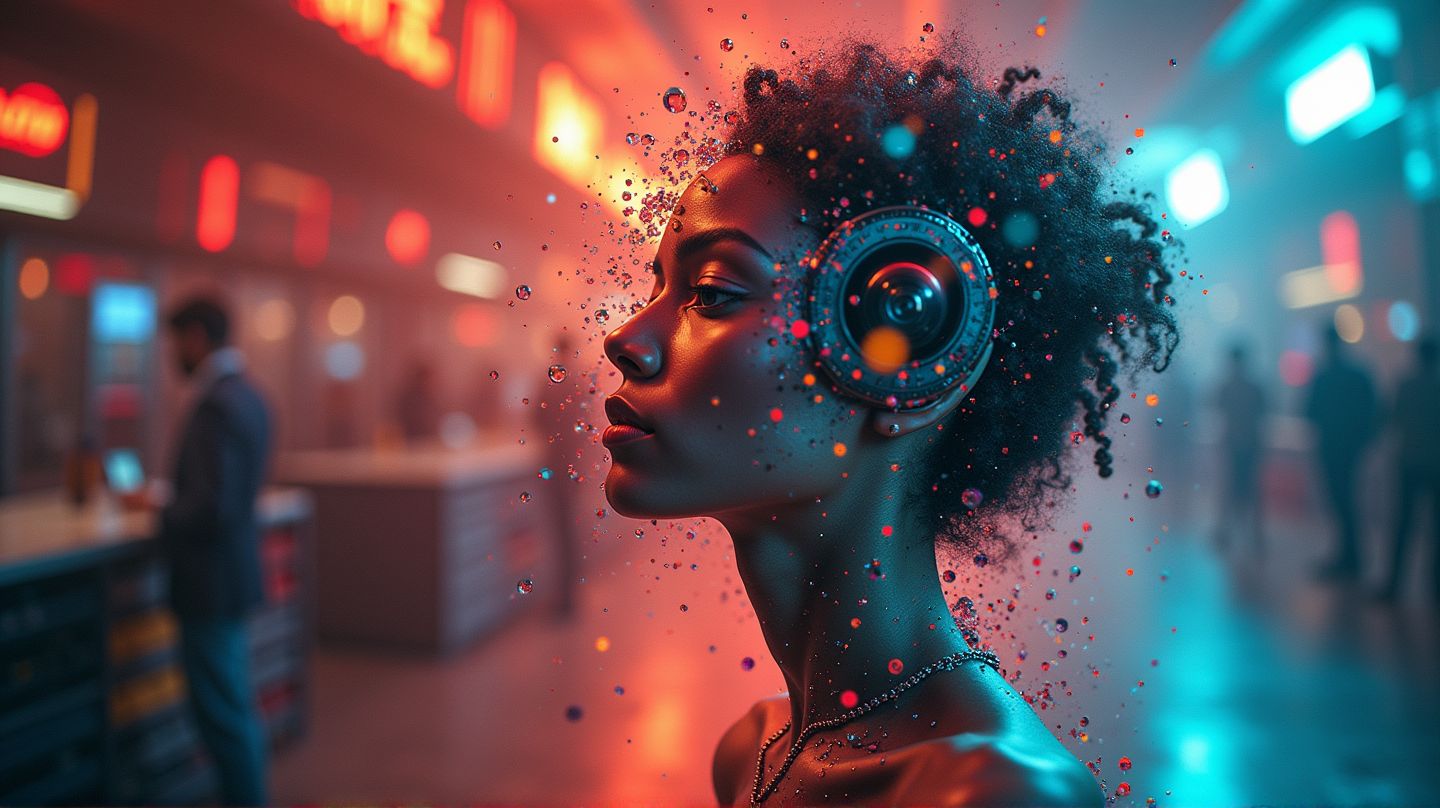A groundbreaking method known as ElasticDiffusion promises a revolution in AI image generation, tackling one of its most persistent flaws: bizarre distortions in non-square formats. As AI art continues to blur the lines between human and machine, this development could redefine how we interact with AI-generated visuals.
The Challenge of Aspect Ratios in AI Art
Creating AI-generated images can be an intriguing process, but it’s not without its quirks. AI image models, particularly diffusion models, stumble when tasked with non-square formats. This limitation is due to the models’ preference for square spaces, often leading to peculiar artifacts when stretched to fill wider or taller frames. As stated in ZME Science, ElasticDiffusion provides a promising solution.
Unveiling ElasticDiffusion
Rice University’s latest innovation, ElasticDiffusion, addresses this by distinguishing between local and global image information. This novel mode allows AI to retain the integrity of detailed elements while considering the overall composition, resulting in images that maintain their structure across a variety of aspect ratios.
Real-World Applications and Upsides
Imagine asking an AI to create an owl scientist announcing its latest discovery, or an athletic cat holding a press conference. Conventional models often produce images with odd duplications and awkward elements. Conversely, ElasticDiffusion yields more natural results, aligning visuals seamlessly with their intended message and style.
Overcoming Limitations
While the results are impressive, ElasticDiffusion comes with its speed trade-offs. Generating an image with this new model takes significantly longer than with traditional methods. Current efforts are focused on refining and optimizing the process so that speed enhances its viability without sacrificing quality.
Future Implications
The vision for the future is optimistic, with researchers like Haji Ali aiming to make aspect ratio adaptability inherent to all AI models without needing extensive retraining. Such advancements will not only expand artistic possibilities but will also streamline practical applications in various fields.
This breakthrough, showcased at the IEEE 2024 Conference on Computer Vision and Pattern Recognition, is more than a technological leap; it’s a step towards making AI-generated art as flexible and expressive as its human counterparts.
